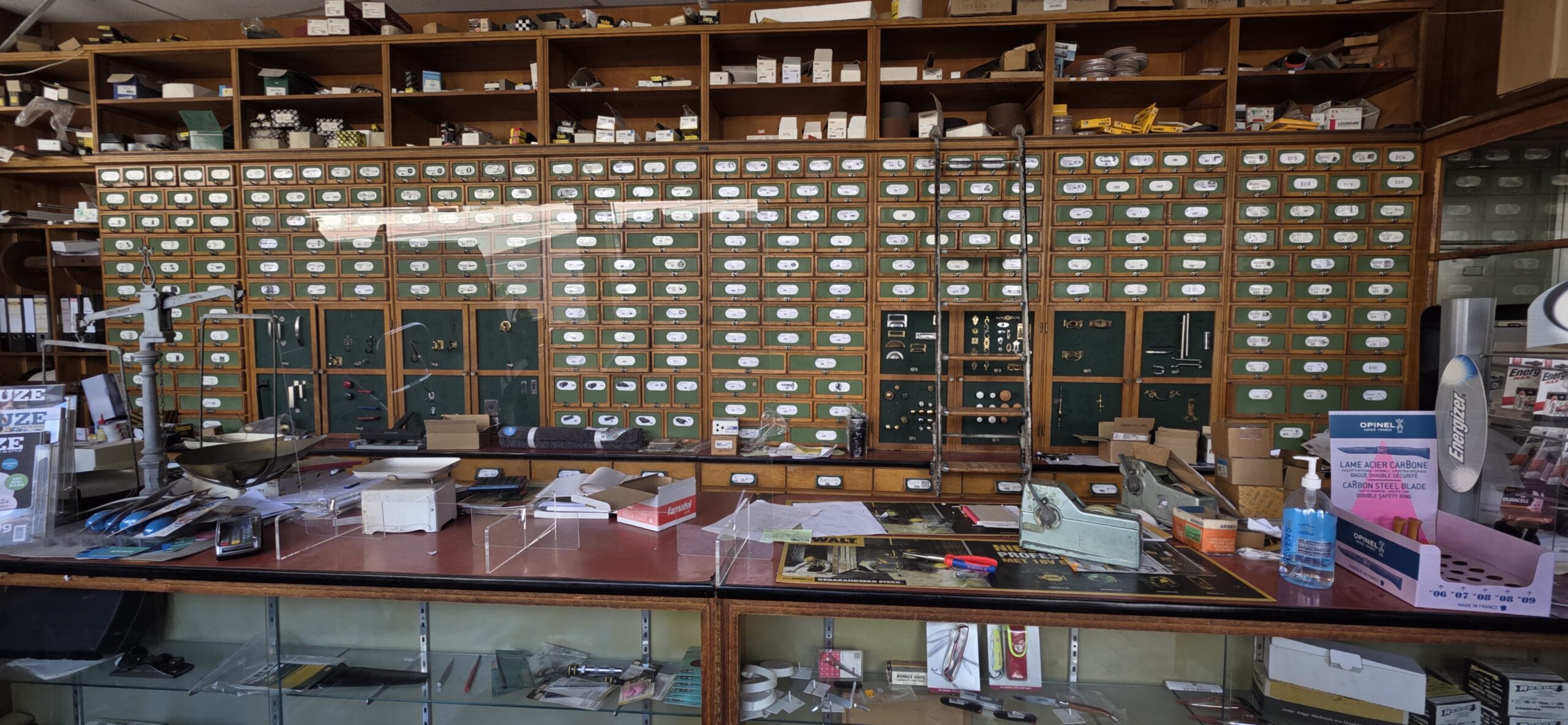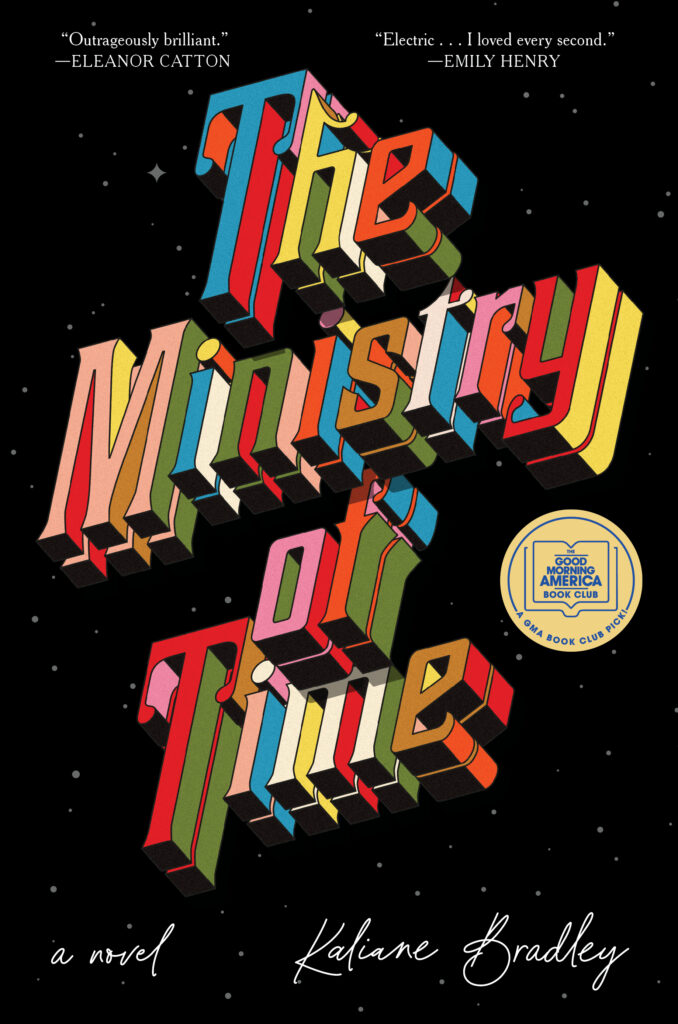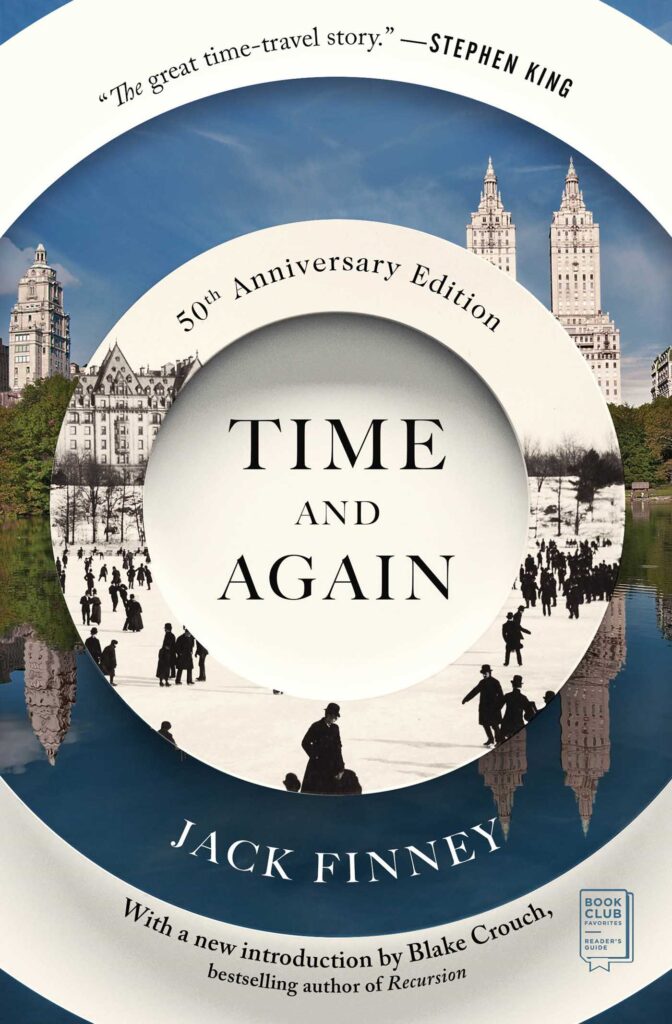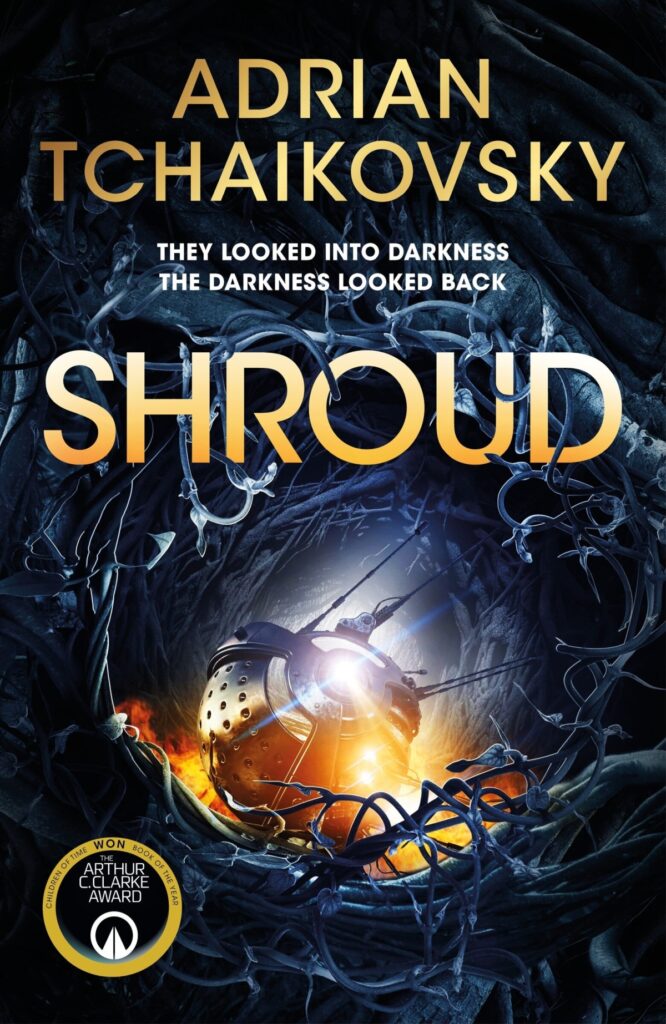In de meeste dingen die ik tegenkom op het werk of erbuiten, ben ik géén stereotiepe domme gebruiker: ik heb de software ooit al eens gebruikt of toch iets dat erop trekt, ik weet waar het over gaat of ik kan daar wel achter komen, het lijkt op iets dat ik ken, of iets in die zin.
Ik ben op reis geweest voor het werk, en nu moet ik daar onkosten voor ingeven. Ik heb dat nog nooit gedaan. Het gaat denk ik over boekhoedingachtige toestanden, en daar ken ik niéts van. Het gebeurt in een tool met procedures waar ik niéts van afweet.
Spannend! Ik ga eens noteren wat ik tegenkom, uit nieuwsgierigheid en pro memori.
⁂
Wat voorafging: de reis boeken na goedkeuring van de juiste mensen. In de mail die mij op weg zette voor die procedure, stond onderaan:
Gelieve mij na deze mobiliteit te vragen naar de budgetplaats waarop uw EOn in Concur mag ingediend worden.
Info staff mobility: [plaats op het intranet]
We zijn nu “na deze mobiliteit” en dus stuur ik een mail naar de persoon die de eerste mail stuurde, met onder meer dit:
Ik ben terug van Estland. Kun je me helpen met een budgetplaats voor hotel en per diem?
Enige tijd later:
Dag Michel,
Jouw staff mob training mag op wbs/project ERx.TRx.abcd.yyyz.yz geboekt worden.
(Niet het echte nummer, ik weet niet hoe gevoelig die gegevens allemaal zijn.)
OK. Ik weet dat ik naar Concur moet gaan. Ik weet waar Concur staat, da’s in het tabblad “Financiën” in onze SAP-overzichtpagina:

Klicketyklik:

Hm. Geen onkosten beschikbaar, geen nota’s, geen aanvragen. Ik zou dénken dat als het systeem wéét dat ik op een werkreis ga, dat er dan een onkost beschikbaar zou zijn, al was het een standaard per diem, of een hotelfactuur die ik moet indienen. Neen dus, maar niet getreurd, er staat een “+ Maken”-knop:

Kan ik een onkostennota indienen los van een aanvraag? Moet ik eerst een aanvraag hebben? Geen idee — ik probeer dan maar “Onkostennota beginnen”, ik zal het wel horen zeker?
Ik krijg een scherm met “Nieuwe nota maken”. Ik vermoed dat dat een onkostennota is, niet zomaar een algemene nota? I dunno:

Notanaam heeft een tooltip: “Opgelet Naamgeving! – Onkost MMJJJJ (b.v. Onkost 052022)”. Euh als dat de verplichte vorm is, dan kan dat toch automatisch ingevuld worden? Never mind, Onkost 052025 it is. (Al zou “Onkost 202505” of “202505 onkost” véél logischer en gemakkelijker te sorteren zijn, maar bon.)
De velden Begindatum nota, Einddatum nota, Notanummer en Budget holder staan op het formulier maar zijn niet invulbaar. Euh zet die dan niet op het formulier?
Notadatum staat op vandaag. Ik vermoed dat dat wel in orde zal zijn, maar misschien moet dat de datum van het te betalen ding zijn? Of de factuurdatum of zo?
Zakelijk doeleinde kan ik invullen.
Onkostennota compleet (met tooltip “Zijn alle kwitanties opgeladen voor deze nota?”) lijkt mij raar: ik krijg op dit scherm geen mogelijk om kwitanties op te laden (wat dat ook moge zijn), dus waarom staat die checkbox op dit scherm?
Dan moet ik een Kostenobjecttype kiezen:

In de mail stond “mag op wbs/project XYZ” — ik vermoed dus dat ik “Project WBS Element” moet kiezen. Dan plak ik de code in het Kostobject nummer-veld, en dat wordt aanvaard.
Geen idee wat ik onder Intern Order moet zetten. Ik laat het dan maar open, zeker?
En dan wat? Ik kan nog wat tekst in een Commentaar-veld zetten, maar ik zou niet weten wat er van mij verwacht wordt. Hm. Toch maar eens naar de handleiding kijken waar in de eerste mail sprake van was?

Onder “Administratieve verplichtingen” staat “NA mobiliteit”:
NA mobiliteit:
Het door de ontvangende instelling ondertekende Certificate of Attendance.
Onkosten (aanvraag UGent dagforfait, hotelkost e.d.) registreer je zelf met de nodige bewijzen in Concur (handleiding). Het kostenobjecttype en kostobject nummer kan je opvragen bij [email protected].
Nadat de mobiliteit heeft plaatsgevonden moet je als personeelslid ook een online deelnemersrapport invullen (Staff Participant Report) via Mobility Tool (hiervoor krijg je een e-mail met instructies na de mobiliteit).
Helder! Ik ben op zoek naar de handleiding van niet noodzakelijk het hele platform Concur, maar wel van de procedure. Ik hoop dat die op die handleiding-link te vinden zal zijn.
Klik en hop:

Aha, twee interessante links in de kolom met interessante links: “Forfaitaire dagvergoeding buitenland & hotelmaxima (update cijfers 2023)” en “Terugbetaling (professionele) kosten”.
De eerste link is gewoon een Excelbestand met de maximale logementsvergoeding en de dagelijkse forfaitaire vergoeding. Ik zie dat ik met mijn hotelkosten zeker niet aan het maximum zal zitten. Which is nice.
“Terugbetaling (professionele) kosten” is precies wat ik nodig heb, denk ik, maar helaas:
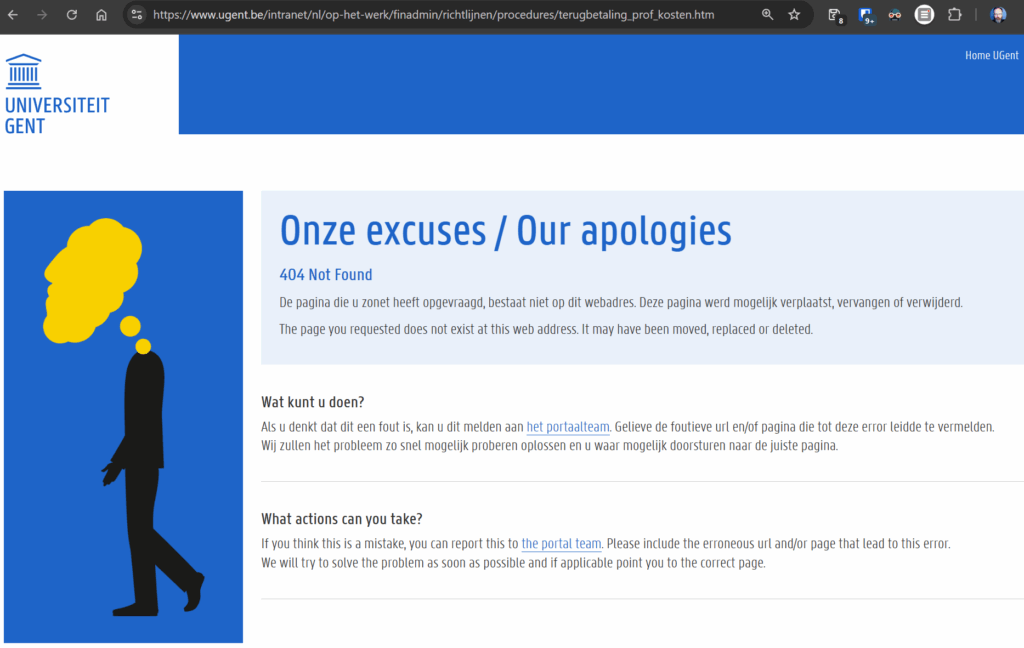
Het intranet is al een hele tijd geleden wegverhuisd van www.ugent.be, dus hm. Beetje raar dat die link daar gewoon nog staat. Niet getreurd, ik weet hoe de migratie is gebeurd en dus vermoed ik dat er op het nieuwe intranet wel een pagina zal zijn met “Terugbetaling professionele kosten”? Ah, jammer maar helaas. Dit zijn letterlijk alle zoekresultaten die ik krijg:
- Ondersteuningsmaatregelen bij telewerk
- Voordelen alle aard
- Reisbijstandsverzekering
- Dienstreis naar het buitenland: wat te doen voor vertrek?
- Beslissing rulingcommissie voordelen alle aard – kosten eigen aan de werkgever UGent
- Handleiding bestellen van dienstreis – offline
- Vergoedingen, toelagen, terugbetaling van kosten en sociale voordelen
- De Regel van Zes NL
- Handleiding bestellen van dienstreis – online
- Polis verzekering arbeidsongevallen bijzondere voorwaarden
- Stage Handelswetenschappen — Faculteit Economie en Bedrijfskunde — Universiteit Gent
- OER doctoreren RE
- De arbeidsmarkt in 100 seconden — UGent @ Work — Universiteit Gent
- Faculty Research Travel Awards – CWO FGE richtlijnen – 2023-06-28
- polis-allin
- Reglement verplaatsingen in dienstverband en onkostennota’s
- Polis verzekering arbeidsongevallen algemene voorwaarden
- Dossier instap opleiding andere universiteit met taalwijziging
- Reisbijstandspolis
- example-insurance-certificate
- facultairfonds
- Polis BA bijzondere voorwaarden
- protocol overlijden
- REG000134NL
- blauwdruk-goedgekeurd-rvb-0707
- Arbeidsreglement
- reisbijstandpolis UGent BTI.782.v1.1.NL Redacted
- Personeelsreglement
- W&Mgids 2015 NEDERLANDS
- OER Doctoreren RE
- DICT – aangevraagde projectenlijst 2025 – last updated on 16 mei 2024
- Facultair Onderzoeks-, Mobiliteits- en Sabbaticalfonds – aanvulling PS
- poc 20240209
- Facultair Mobiliteits- en Sabbaticalfonds – institutioneel
- bijzondere-voorwaarden-canada-usa
- Facultair Mobiliteits- en Sabbaticalfonds – aanvulling RE
- Facultair Mobiliteits- en Sabbaticalfonds – aanvulling EA
- Universitaire homes voor inkomende uitwisselingsstudenten, studenten ingeschreven in specifieke opleidingen, PhD studenten, bezoekers en medewerkers
- oer-doctoreren-20232024-2
- 9333717 Vitra Prices 2025 Home Seating – BE-NL master
- Tijdelijk verhuur van lokalen
- IOF Business Developers
- Kinderdagverblijven
- Tuchtreglement
- IDC-coördinatoren
- Organisatie postgraduaatsopleidingen en permanente vormingen
- OER Doctoreren
- Universitaire homes
- OER Doctoreren EA
- Demand proces 2025 – niet geselecteerde projecten
- nota-kerntakendebat-en-meerjarenbegroting
- non public
- 8713024 Vitra Prices 2024 Home Seating – BE-NL master
De meest veelbelovende resultaten:
- “Handleiding bestellen van dienstreis – offline”: een powerpoint met de procedure om een reis te boeken.
- “Vergoedingen, toelagen, terugbetaling van kosten en sociale voordelen”: de PDF van het letterlijke reglement (goedgekeurd door Raad van Bestuur van 10 december 2021 en gewijzigd door de Raad van Bestuur op 1 juli 2022; gewijzigd door het Bestuurscollege op 17 maart 2023 en op 14 april 2023; gewijzigd door de Raad van Bestuur van 2 juni 2023 en 2 februari 2024), met in Artikel 55 en 56 wat ik al wist, namelijk dat ik mijn hotelonkosten en een per diem mag vragen. Maar niet specifiek hoe dat moet gebeuren.
- “Reglement verplaatsingen in dienstverband en onkostennota’s” geeft mij weer een reglement-PDF in reglementees opgesteld, maar gelukkig staat er in het vet boven “Dit reglement was geldig tot 28/02/2022“, dus moet ik niet echt verder zoeken. Een mens stelt zich de vraag waarom dit in de zoekresultaten staat, maar bon, andere vraag.
Ik heb de zeer on-domme-gebruiker-achtige reflex om te zoeken op “Concur”, de naam van de tool, en kijk nu:

Op die pagina staat onder meer dit:

“Gebruik op desktop app” lijkt een handleiding, ik ben niet op zoek naar reglementen, de twee lijsten had ik al gezien (in één excel), “Vragen” houd ik voor als ik het echt niet meer weet, dus wordt het “Documenten”:

Hrm. Dit lijkt gewoon een per abuis geïndexeerde persoonlijke folder.
Ah maar kijk, er staan ook links op de pagina naar filmpjes, met onder meer dit:

Dat gaat over onkostennota’s in de mobiele app, maar in het fimpje dient die mens de nota gewoon in zonder verder details in te vullen. Hoera! Ik weet dat ik nu (denk ik) gewoon het formulier mag versturen zonder meer.
Ding ding ding!

Ik kan een onkost toevoegen, en check it out: als ik een kwitantie upload, worden er met AI onkosten gegenereerd!

Ik weet niet juist wat een kwitantie is, ik upload dan maar mijn hotelfactuur en ik hoop dat daar dan automatisch hotelonkosten uit gehaald worden?
Heh. Close, but no cigar:

De betaling was niet contant, het was wél een hotel, maar het hotel was in Tartu, Estand en niet in Ternat, Vlaams Brabant. En ik krijg drie fouten:

En een waarschuwing:

Bon, laat ons er nog van uitgaan dat die waarschuwing is omdat hij denkt dat het in Ternat is en niet in Estland. Eens kijken wat ik kan aanpassen, de rest zien we dan later wel. Ik klik op Bewerken, ik verander het Datumbereik en de Plaats van aankoop:

Dan klik ik op “Onkostenitem opslaan” en ik krijg dit te zien:

Neen, beste toepassing, ik heb niet het veld “Uitchecken” gewijzigd. Ik heb geen flauw idee waar dat vandaan komt. Ik weet ook niet wat al dan niet bijwerken van effect zal hebben. Ik ga op Bijwerken klikken en we zien wel.
Resultaat: vier waarschuwing, zegt de toepassing. Waarvan drie fouten en één waarschuwing — voor een getraind oog duidelijk verkeerde vertalingen (4 alerts = 3 errors + 1 warning).

Ik klik at random op “Weergeven” bij “Dit gespecificeerde item heeft subitems met een of meer uitzonderingen”. Ik krijg weer het editeerformilier, maar nu op de “Specificaties”-tab, die ik niet eens had zien staan (ik ging ervan uit dat “Details” de details zouden zijn, niet “Specificaties”:

Ik kan een specificatie aanmaken, en waarom niet? En hey check it out, ik heb meteen ook gevonden waar ik een forfaitaire dagvergoeding kan claimen:

…maar laat ons eerst eens die hotelkosten in orde krijgen. Ik kies “Hotel”, en kan nu dagbedragen invullen:

Dat lijkt mij niet de bedoeling, dus ik kies dan maar de optie “Komt maar één keer voor” onder Aantal. Maar aargh, als ik daar 540 ingeef voor het totaal dat ik betaald heb, krijg ik dit:

I dunno. Ik zit vast. Ik krijg die fout van “Dit gespecificeerde item heeft subitems met een of meer uitzonderingen” niet weg. In het submenu heb ik al “Bewerken” gedaan, “Verwijderen” en “Kopiëren” wil ik niet — misschien is “Toewijzen” wel iets?

Geen flauw idee wat dit allemaal precies betekent, maar ik ga ervan uit dat dit is om een onkost aan meer dan één ding toe te wijzen, en da’s ook niet wat ik wil doen:

OK dan. Tweede foutboodschap: “Deze nota heeft geen link naar een reisaanvraag. Een reis aanvraag is nodig voor alle reizen, gelieve dit eens te controleren.”
“Gelieve dit eens te controleren” is gelijk wel niet zeer dwingende taal — “als het keer past, kijkt dan keer na” of zo? Maar goed, hoe voeg ik een link toe naar een reisaanvraag? Daar is nergens een veld voor, of het zou moeten zijn dat ik er enorm zwaar over lees:

Is het misschien Switch I/u soort? Of Intern order? Geen flauw idee. Ik ga dan maar “Opslaan en nog een toevoegen” klikken en mijn per diem aanvragen, en dan op de onvermijdelijk boodschap van iemand in de administratie wachten, zeker?
Er is een forfaitaire dagvergoeding, ik ben 10 dagen weggeweest, ik vul dus 10 x dagvergoeding in, en ik krijg een extra waarschuwing:

I dunno gasten. Ik geef het op. Ik weet niet hoe ik een link moet leggen naar een reisaanvraag, ik geef kosten in die onder het maximum liggen maar ze zeggen dat het bedrag te hoog is — fuck it. Nota indienen, en ik hoor het wel.
Wat een miserie. Ik ga andere mensen extra werk geven, en dat had 100% kunnen vermeden worden met een degelijke uitleg.
⁂
FUCK. Natuurlijk dat het niet lukt:

Ik word hier eigenlijk wel kwaad van, ja. Hoe ingewikkeld kan het zijn? Men weet dat ik op reis ga voor het werk, waar naartoe, en voor hoe lang. Ik moet geld van mijn hotel terugkrijgen, en ik krijg een dagvergoeding.
- Waarom kan ik niet gewoon mijn hotelfactuur uploaden en klaar?
- Als dat niet kan, waarom is er niet gewoon een handleiding met “vul in deze velden van deze schermen deze gegevens in”?
Bah.


